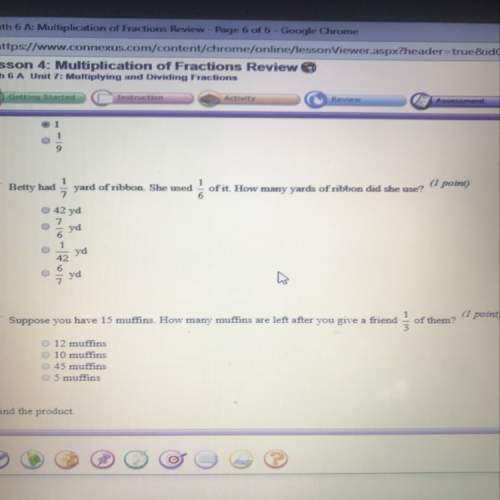
Mathematics, 03.06.2021 01:40, jaythagod
1.- Use the divergence theorem to calculate the surface integral SF · dS; that is, calculate the flux of F across S.
F(x, y z) = x^2z i + xz^3 j + y ln(x + 1) k, S is the surface of the solid bounded by the planes
x + 2z = 8, y = 6, x = 0, y = 0, and z = 0.
2.- Use the divergence theorem to calculate the surface integral SF · dS; that is, calculate the flux of F across S.
F(x, y z) = (xy + 2xz) i + (x^2 + y^2) j + (xy − z^2) k, S is the surface of the solid bounded by the cylinder x^2 + y^2 = 36 and the planes z = y − 6 and z = 0.

Answers: 3
Other questions on the subject: Mathematics


Mathematics, 21.06.2019 20:00, tessafargo
Prove that the value of the expression 7^8–7^7+7^6 is divisible by 43.
Answers: 1

Mathematics, 21.06.2019 20:30, brookieharrisop5n7us
What is the volume of the cone to the nearest cubic millimeter? (use π = 3.14) a) 46 mm3 b) 128 mm3 c) 183 mm3 d) 275 mm3 diameter = 5 mm height = 7 mm how do you do this problem step by step?
Answers: 1
Do you know the correct answer?
1.- Use the divergence theorem to calculate the surface integral SF · dS; that is, calculate the flu...
Questions in other subjects:

Mathematics, 30.11.2020 20:10



English, 30.11.2020 20:10


Mathematics, 30.11.2020 20:10

Health, 30.11.2020 20:10


Chemistry, 30.11.2020 20:10







